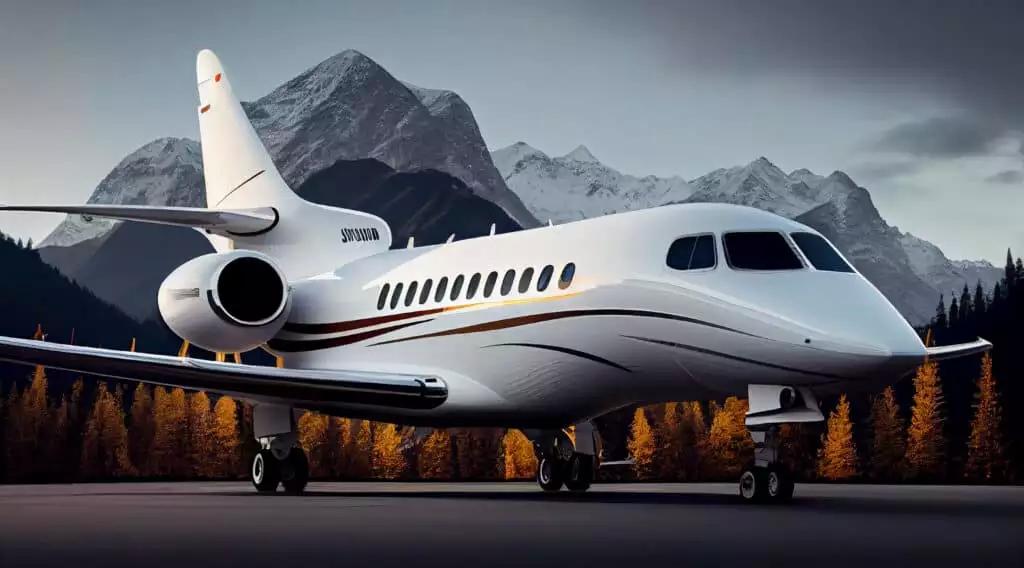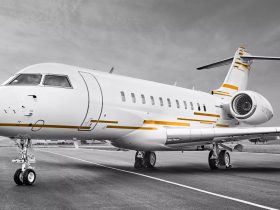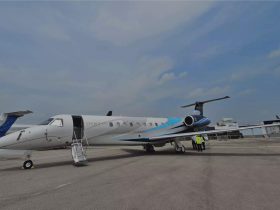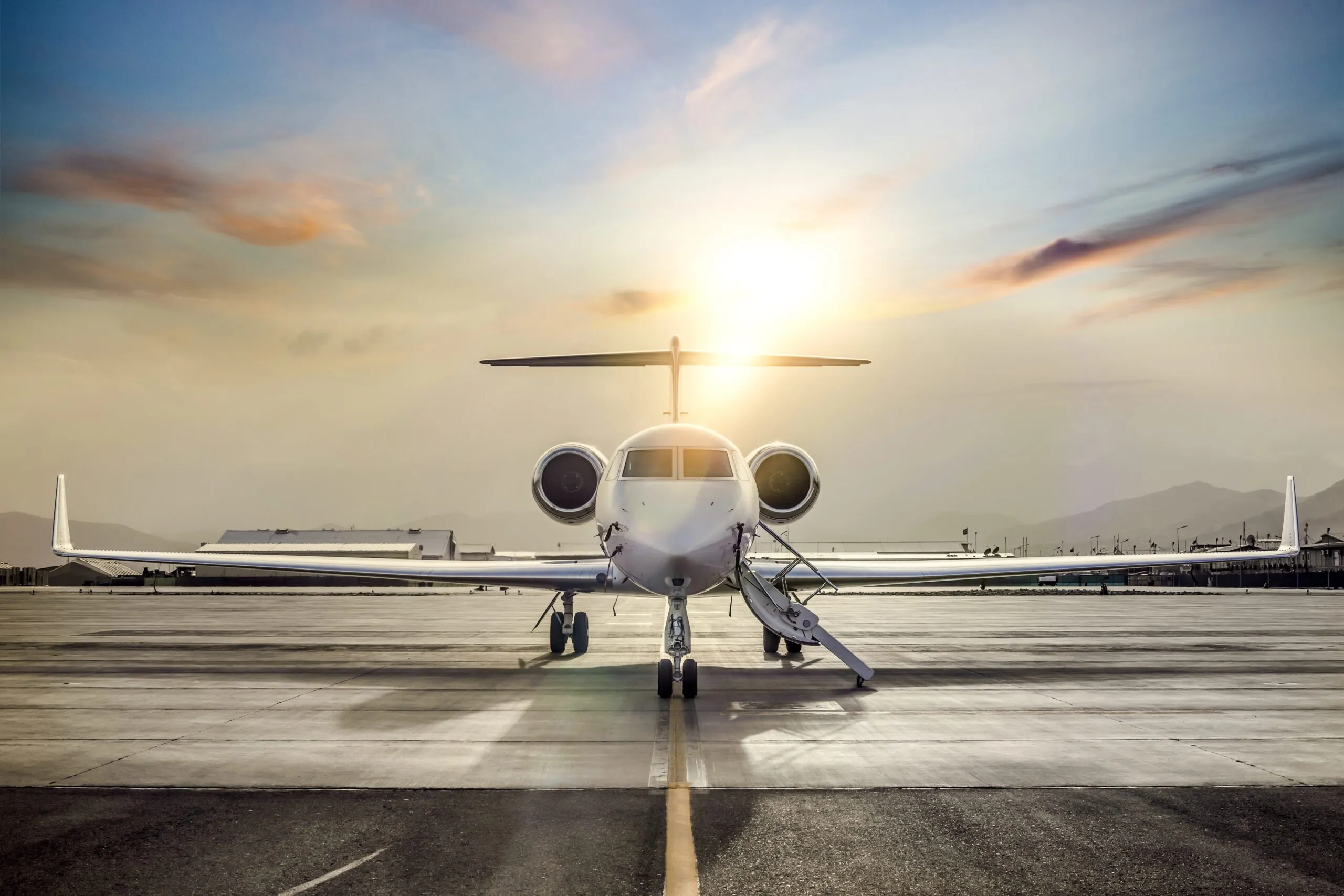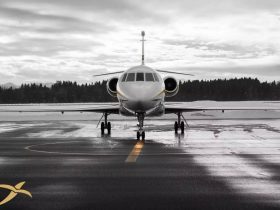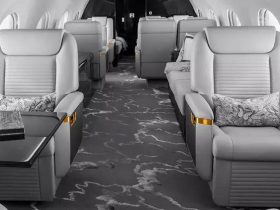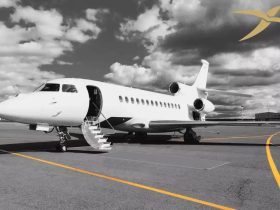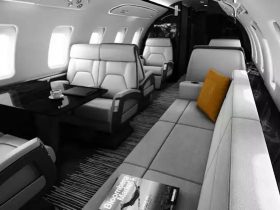Owning a private jet is a dream for many individuals, offering unparalleled convenience and luxury in travel. However, the benefits of jet ownership come with a significant price tag. In this guide, we will explore the various costs associated with maintaining a private jet, providing valuable insight for those considering taking the leap into private aviation. From routine maintenance to unexpected expenses, understanding the financial commitments involved in owning a private jet is essential for making informed decisions about your air travel needs.
Table of Contents
- Factors Influencing Maintenance Costs of Private Jets
- Tips for Efficiently Managing Maintenance Expenses
- Understanding the Importance of Regular Inspections and Upkeep
- Strategies for Minimizing Operational Costs of Private Aircraft
- To Conclude

Factors Influencing Maintenance Costs of Private Jets
When it comes to owning a private jet, one of the most significant ongoing expenses to consider is the maintenance costs. Several factors can influence the overall cost of maintaining a private jet, impacting both short-term and long-term budgets.
Some key factors that can influence maintenance costs of private jets include:
- Age of the Aircraft: Older jets frequently enough require more frequent and more expensive maintenance compared to newer models.
- Frequency of Use: The more ofen a private jet is flown, the more wear and tear it will experience, leading to higher maintenance costs.
- Choice of Maintenance Provider: Opting for a reputable maintenance provider may result in higher upfront costs but can save money in the long run through better quality service.

Tips for Efficiently Managing Maintenance Expenses
When it comes to managing maintenance expenses for your private jet, there are several tips that can help you efficiently control costs. One important factor to consider is regular maintenance checks and inspections. By staying on top of scheduled maintenance, you can catch potential issues early and avoid costly repairs down the line.
Another cost-saving strategy is to shop around for maintenance providers and compare quotes. Different providers may offer varying prices for the same services, so it’s worth taking the time to research and find the best deal. Additionally, investing in preventative maintenance measures, such as regular cleaning and proper storage, can help extend the lifespan of your private jet and reduce the need for frequent repairs.

Understanding the Importance of Regular Inspections and Upkeep
Regular inspections and upkeep are essential aspects of maintaining a private jet. By staying on top of thes tasks, owners can ensure the safety and efficiency of their aircraft. Inspections allow for early detection of any issues, preventing potential safety hazards and costly repairs down the line. Upkeep, on the other hand, helps to prolong the lifespan of the jet and maintain its value over time.
One key aspect of regular inspections is the adherence to manufacturer recommendations. Following the recommended maintenance schedule and performing routine checks can help identify any potential problems before they escalate. Additionally, staying proactive with upkeep tasks such as cleaning, lubricating, and replacing parts as needed can help prevent breakdowns and ensure optimal performance. investing time and resources into regular inspections and upkeep can save owners both time and money in the long run.
| Benefits of Regular Inspections and Upkeep: | 1. Enhances safety | 2. Prevents costly repairs | 3. Prolongs aircraft lifespan |
Strategies for Minimizing Operational Costs of Private Aircraft
When it comes to owning a private jet, the costs can quickly add up. However, there are several strategies you can implement to minimize operational costs and make ownership more manageable. One key strategy is to carefully assess your usage needs and consider sharing ownership with others through programs like fractional ownership or jet cards. By sharing the costs with other individuals or businesses, you can significantly reduce the financial burden of ownership.
Additionally, staying on top of regular maintenance and scheduling preventative inspections can help prevent costly repairs down the line. It’s also worth considering fuel-efficient aircraft models and optimizing flight routes to minimize fuel consumption. Negotiating deals with fixed-base operators (FBOs) for fuel and maintenance services can also result in significant cost savings over time. By implementing these strategies,you can make owning a private jet more financially sustainable while still enjoying the luxury and convenience it offers.
To Conclude
understanding the various costs involved in maintaining a private jet is crucial for anyone considering ownership. By being informed about factors such as regular maintenance, insurance, fuel, and storage expenses, you can make informed decisions and budget effectively.Remember,while the costs may seem high,the convenience and luxury of owning a private jet can be worth it for many individuals. If you have any questions or would like further guidance, don’t hesitate to consult with a professional in the industry. Safe travels!


